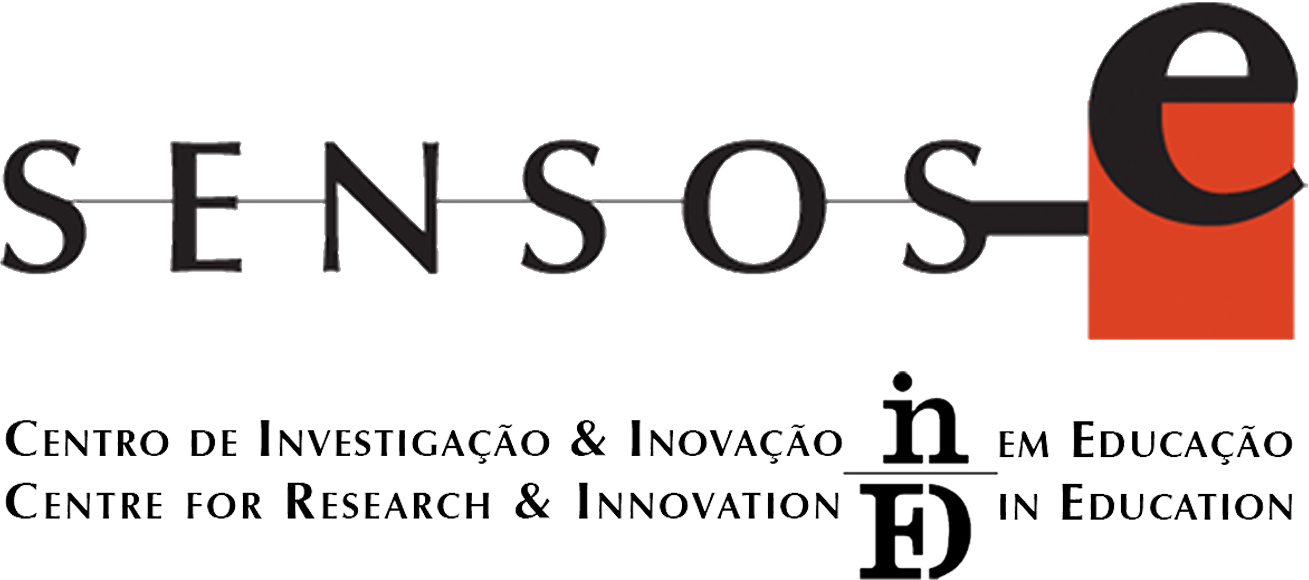What about Participating, Collaborating and Cooperating? A study about the educators representation of children participation, collaboration and cooperation in collaborative activities
DOI:
https://doi.org/10.34630/sensose.v8i2.4085Keywords:
Participation, Collaboration, Cooperation, Child-educator, Tandem ActivityAbstract
In team-working construction activities (e.g., Tandem), children learn to participate (e.g., to make proposals or plans), collaborate (e.g., to help others), and cooperate (e.g., do together, negotiate). The Tandem activity allows the adult and the child to make something of their choice together with predefined materials and time. In this research, we invited 10 educators (>5 years of professional experience) to participate in the Tandem activity with two children of their class (a girl and a boy) and we ask them to report their experience in focus-groups. The main goal was to learn about the participants' concepts of participation, collaboration, and cooperation and their perspective on collaborative tasks. The results indicate that the Tandem activity is in the child's interest and promotes their motivation and pleasure. The diversity and quantity of materials together with the individualized nature of the task seem to be an asset, however, in order to have a positive impact, the activity needs to be performed often, in a continuous process, and according to educators’ pedagogical goals. The educators reflect on the experience centered on educators and children educational roles. Concepts like mutual involvement, joint participation, and partnership were lacking from the reasoning of the participants.
Downloads
Published
How to Cite
Issue
Section
License
Copyright (c) 2021 Marina Fuertes, Equipa Tandem

This work is licensed under a Creative Commons Attribution-NonCommercial-ShareAlike 4.0 International License.



